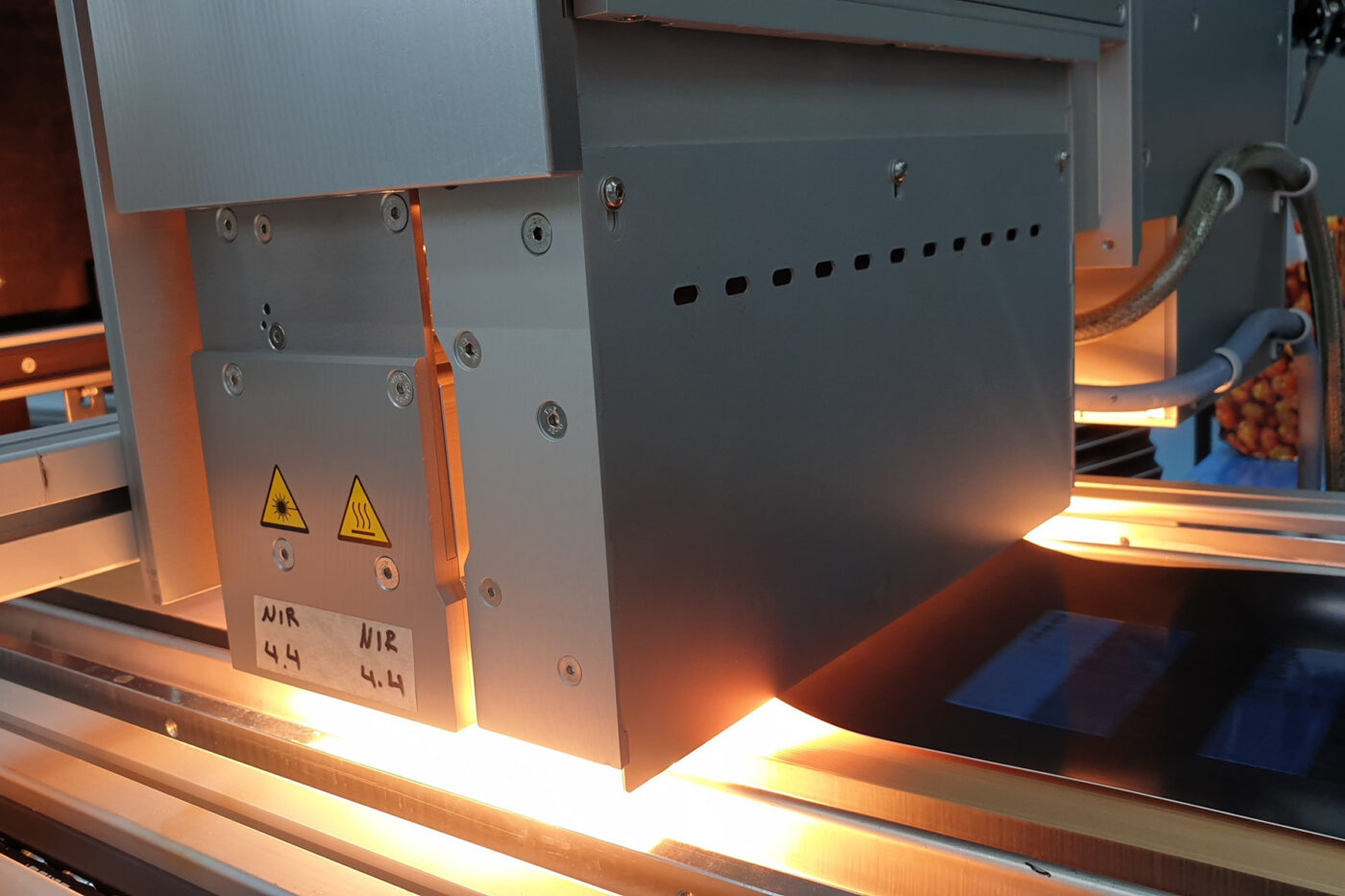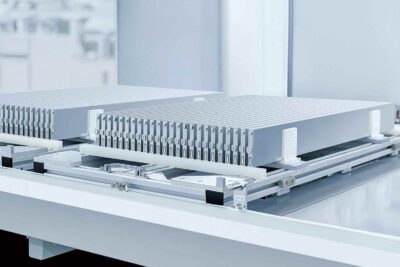‘HyDry:’ RWTH Aachen University researches new drying processes
When films or membranes have to be thinly coated with another material, this is usually done using a wet process – whether for electrodes for battery production or membrane electrode units for fuel cells. Even if the coating processes differ in detail, they are the same in one respect: in order to remove the solvents from the liquid electrode or catalyst coating, they have to be dried.
It is a crucial production step, as the energy consumption of drying is an important factor for the CO2 footprint of production and costs. The current state of the art is convection drying systems, in which hot air is used – either from infrared radiators or in a burner from fossil sources, often natural gas. As these drying systems – i.e. oversized ovens – are 40 to 80 metres long, energy consumption is correspondingly high. Moreover, electrode production takes place in very large clean rooms, increasing the construction and operating costs.
Up to 70 per cent less energy
For the new process, the Aachen-based researchers led by PEM Director Achim Kampker use a solution developed by Bavarian research partner Lambda Technology. It involves a hybrid drying process with two energy sources – convection and “near infrared” (NIR). Kampker sees this as a “promising process that enables much more efficient drying and a reduction in energy consumption.”
According to the RWTH, the energy requirement will be reduced by 30 per cent compared to pure infrared boosters. Compared to previous convection drying systems, it should even be possible to reduce energy consumption by 70 per cent. That is because Lambda Technology not only utilises two different energy sources to optimally exploit their advantages. The process should also be able to recycle the thermal energy of the exhaust air and the NIR radiation – which further increases efficiency and reduces energy requirements.
As part of the joint project, the RWTH Chair of PEM is researching an automatic quality assurance process for the innovative drying method. In addition, the PEM team is to develop a test rig for trials with which the researchers can determine suitable operating strategies for the new process during the two-year project phase.
A calculation model will also be developed to identify correlations between product and process parameters. At a later stage, the calculation model will be combined with the product and process parameters to be able to make statements about roll-to-roll production.
HyDry’ is funded by the German Federal Ministry of Economics and Climate Protection (BMWK).





0 Comments